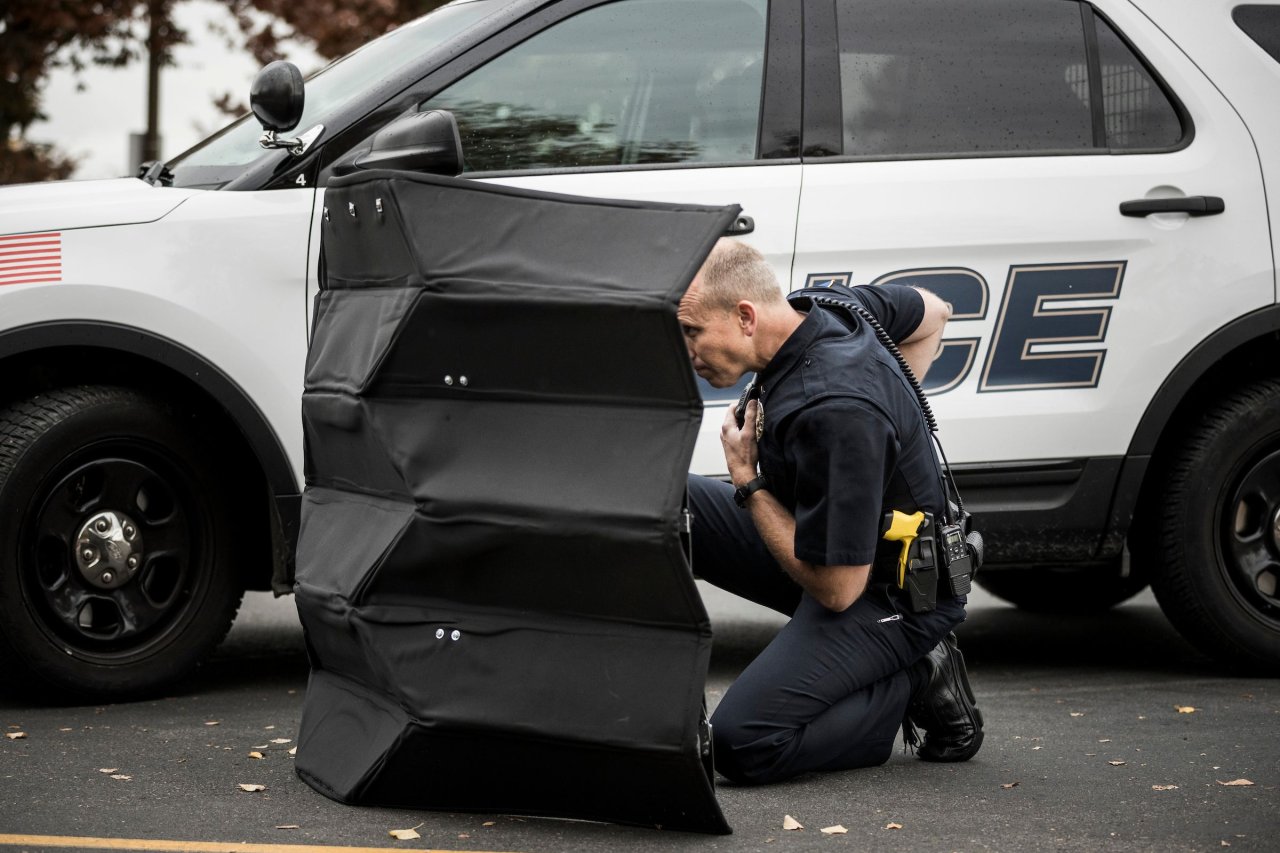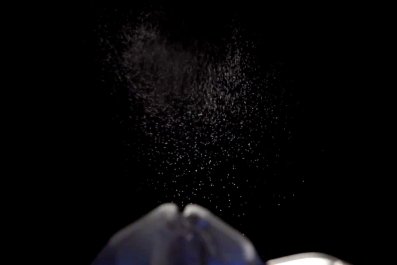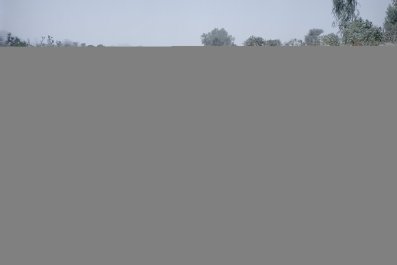There's origami strewn everywhere in the Compliant Mechanisms Research Group's lab at Brigham Young University. The intricately folded designs aren't just for decoration, and they go way beyond the cranes you might have whipped up as a child. These origami provide the inspiration for the researchers' mechanical engineering projects, such as a bulletproof shield that can be deployed in seconds and protect two or three people.
"Origami artists have been working for centuries. They have discovered interesting motions and ways to do things that we would not have discovered with traditional engineering approaches," says Larry Howell, a mechanical engineering professor who leads the group. Howell's was one of several university teams to receive funding from the National Science Foundation in 2012 to explore origami-based engineering solutions. He and his colleagues have turned to origami to design a giant, extendable solar array for NASA and tiny devices for minimally invasive surgery that were licensed by Intuitive Surgical, maker of the robotic da Vinci Surgical System.
The group's ballistic barrier is 12 layers of Kevlar fabric connected with adhesive. Lightweight panels made of plastic and aluminum are inserted in the middle (so that there are six Kevlar layers on either side) to support the design's flat surfaces. In other words, the panels are everywhere the origami-style folds are not. The whole thing is then covered with a layer of black ballistic nylon—like the material used to make some laptop cases and backpacks—to protect the Kevlar from sunlight, water and other damaging elements. A few pieces of hardware help pull the shield open and hold its stable standing position, snapping into place like an umbrella. It's more compact and easier to carry than many traditional flat shields and, at 55 pounds, weighs about half as much.
"The fold pattern they've used comes directly from the world of origami...[but] the specific angles of the folds are unique to this application," says Robert Lang, a renowned origami artist and consultant who is also a physicist and engineer. He serves as a consultant to the BYU group, though he wasn't involved in this particular project.
The curved shield can stand on its own and protect up to three people crouching behind it. A test of a prototype proved that it could stop bullets from 9 mm, .357 Magnum and .44 Magnum pistols. The first application the team has in mind is for law enforcement, but Howell can foresee adaptations for use by the military and in active shooter situations at schools and other public places. The team is tweaking the design and negotiating with potential commercial partners who've expressed interest in manufacturing it. The goal is for each one to cost under $1,000.
Howell's team also turned to two federal agents (who were not allowed to comment on the record) for advice as they designed the barrier. "These are guys that are breaking down doors," Howell says. "It was really fun to see them get excited about this."




















